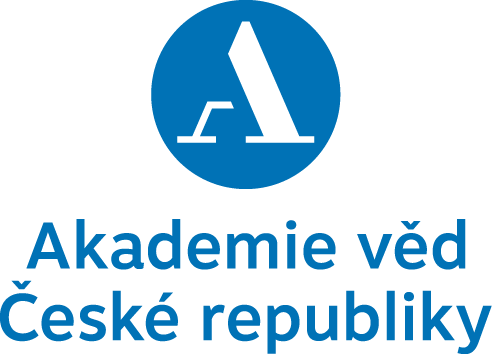The presentations will be available at scheduled ZOOM meeting. Connection to the ZOOM meeting: https://cesnet.zoom.us/j/99355049838
13.00 Lalit Kaurani, PhD: Investigating Circular RNAs and their m6A Methylation Landscape in Alzheimer’s Disease
Alzheimer’s Disease (AD) is a complex neurodegenerative disorder affecting millions worldwide, yet current therapeutic approaches remain limited. Recent research suggests that circular RNAs (circRNAs), a class of non-coding RNAs, may play crucial roles in brain function and disease. My research focuses on exploring the dysregulation of circRNAs and their epigenetic modification, specifically m6A methylation, in the context of AD. By utilizing innovative RNA sequencing techniques and enrichment strategies, we aim to map circRNA expression and m6A modifications in key brain regions affected by AD. This work could reveal novel molecular insights into the pathogenesis of AD and identify new therapeutic targets. Our study offers a fresh perspective on the potential of circRNAs and their modifications to reshape our understanding and treatment of neurodegenerative diseases.
14.00 Lukáš Chmátal, PhD: Understanding molecular sex differences in cardiac health and disease
Human females and males differ in cardiac physiology and pathology, even after controlling for sex differences in anthropometrics, lifestyle, and environment. Less is understood about molecular differences in female and male hearts, such as sex differences in gene expression. We used an integrative framework utilizing bulk and single-nucleus RNA-sequencing data and metabolomic data to study molecular sex differences in the human heart. Our findings highlight fundamental differences in mitochondrial metabolism between male and female hearts that likely contribute to sex differences in cardiac physiology and pathology.
15.00 Afif Aqrabawi, PhD: Cellular substrates for the semantic memory of abstract knowledge
The engram is the fundamental unit of memory. We hypothesized that engram cells encoding common features across distinct events provide a passive mechanism for generalization. We devised a genetic strategy to selectively label and manipulate overlapping engram cells (OLEs) and demonstrated their bidirectional role in transitive inference, a knowledge-dependent form of deductive reasoning. Ca2+-imaging of the primary olfactory cortex revealed that OLEs developed generalized responses to chemically distinct stimuli when repeatedly presented in sequence. Moreover, OLEs composed a fast-spiking minority, exhibiting locally-synchronized firing, recurrent activity, near-simultaneous inhibition of non-overlapping cells, and the dynamical properties of attractors. Lastly, we reveal a series of nested hippocampal-cortical feedback loops underlying the whole-brain olfactory knowledge architecture. Collectively, these data uncover an intuitive and efficient neurobiological substrate for abstract knowledge.
16.00 Lenka Hromádková, PhD: Tau protein in Aging: Synaptic Integrity and Astrocyte Involvement
One of the main hallmarks of aging neurons is the enhanced accumulation of misfolded and aggregated proteins, which becomes more prominent in age-related neurodegenerative diseases. The distribution of tau pathology in Alzheimer’s disease and other tauopathies appears to correlate with cognitive decline, atrophic brain areas, and the disease stage. Under conditions that are not fully understood but occur with increasing age, tau protein has a higher rate of posttranslational modifications, resulting in a decreased ability to bind to microtubules and in the accumulation of aggregated forms. Although tau is primarily found in neurons, the accumulation of abnormally phosphorylated tau in astrocytes is a frequent, but poorly understood phenomenon in the aging brain. Given that aging is a predominant risk factor for numerous neurodegenerative diseases and given the critical role that astrocytes play in maintaining the functional properties of excitatory synapses as part of the tripartite synapse, astrocytes are likely involved in tau-associated synaptotoxicity. The bidirectional exchange of pathological tau between neurons and astrocytes has been documented but the precise mechanisms by which astrocytes might contribute to synaptic impairment via enhanced pathological spreading remain unclear. I propose that investigating the impact of tau heterogeneity and astrocytes on the propagation of pathological tau and synaptic impairment will lead to uncovering specific interactomes and mechanisms that are shared in both physiological aging and age-related neurodegeneration.
The presentation is expected to last 30 minutes and be followed by a 10-minute Q&A session, which will be open to the public.









